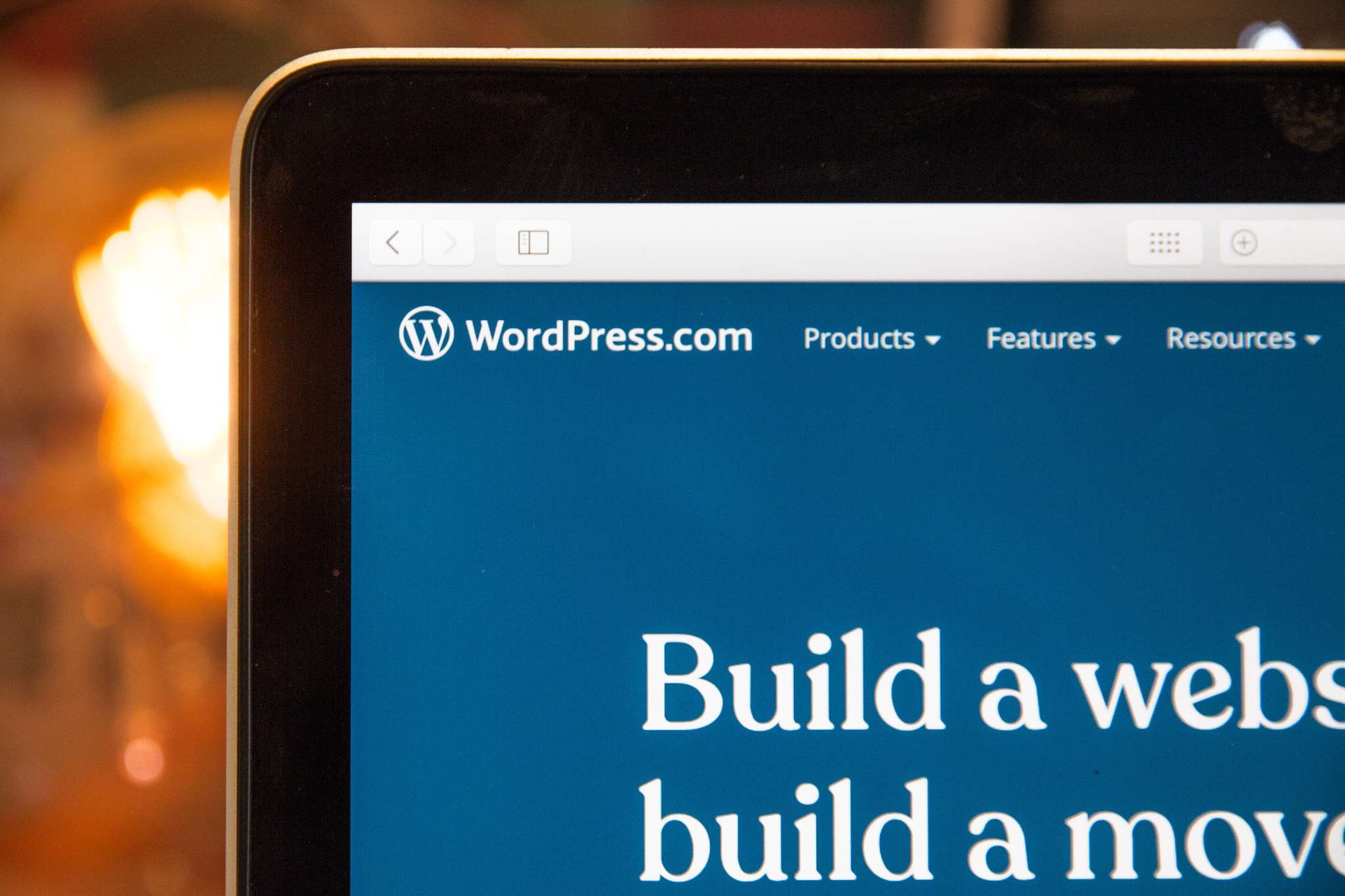Table of Contents
WordPress is a powerful CMS that can be used to create functional and well-designed websites. However, if you want to use its full potential, you should understand its basic components and how you can use them to your advantage in the process of creating your website.
Keep in mind that all these components work best if they are supported by a WordPress hosting plan.
Without further ado, let’s get into the important stuff
WordPress Architecture
WordPress operates on a modular architecture with distinct components working together:
- Content: Content includes text, images, titles, tags, categories, and metadata. All this data is stored in the database and remains independent of the website’s design.
- Themes: Themes control the visual appearance of a website. They define the layout, styling, and functionality of various elements, determining how the content is presented to visitors.
- Plugins: Plugins are small programs that extend the functionality of WordPress. They enable specific features or behaviors, such as comments, newsletters, caching, or complex page layouts. Plugins can be used across different themes.
- Core: The WordPress core is the foundation of the platform. It handles server communication, technical rendering, content editing, data storage, user authentication, theme management, and more. The admin panel provides an interface for managing the website.
More about Themes
Themes play a crucial role in customizing the appearance of a WordPress website. They offer a wide range of design options, from simple color changes to complete overhauls. When applying different themes to the same website, the content remains intact, while the visual presentation transforms.
Themes can be free or paid. Free themes are often straightforward, while paid themes offer more advanced features, effects, and add-ons. It’s important to be cautious when choosing a paid theme, as some may prioritize aesthetics over compatibility with your content. The Themeforest.net catalog is a popular resource for browsing paid themes.
Remember that even with a minimal WordPress installation, you can create a respectable website using the default theme. Experiment with different themes to find the best fit for your content, ensuring a visually appealing and functional website.
More on Plugins
Plugins enhance the core functionality of the WordPress engine. For example, while WordPress itself may not have built-in support for displaying feedback forms, you can achieve this with the Contact Form 7 plugin. Similarly, plugins like NextGEN Gallery can enhance WordPress’s ability to showcase beautiful galleries.
There are plugins available for almost any need, from SEO optimization to caching and improving site performance. If you want to add a specific feature to your site that WordPress doesn’t natively support, you can search for a suitable plugin. Chances are, there’s already a plugin available for your task, including free options.
Like themes, plugins can be either paid or free, depending on the developer. It’s important to note that paid plugins aren’t necessarily better than free ones; the key is to find a plugin that effectively solves your problem. Many paid plugins have free alternatives or trial periods, allowing you to determine if the product meets your needs.
However, it’s worth considering that not all plugins are created equal in terms of quality and security. Some plugins may be insecure or poorly optimized, which can impact site performance or make it vulnerable to hacking. There can also be instances where plugins conflict with each other or cause site instability. To mitigate these risks, it’s advisable to read reviews in the plugin store and test plugins on a staging server before deploying them to the production server.
Site Administration and Content Creation
To simplify the management of WordPress websites, developers have created an admin panel—an intuitive interface that provides access to all the engine’s features for content creation and site administration. Here are some of the tasks you can perform in the admin panel:
– Create new articles and sections
– Customize the site’s appearance
– Edit the content of each page
– Manage plugins and themes
– Upload and delete files such as images, videos, and documents
– Moderate and manage comments
These are the fundamental capabilities of the WordPress admin area, and each installed plugin or theme can further extend its functionalities to suit specific needs.
Conclusion
If you are thinking about using WordPress, it is important to have an understanding of its core features. The more you know, the better your website will look and function.
Photo Credit: Unsplash


